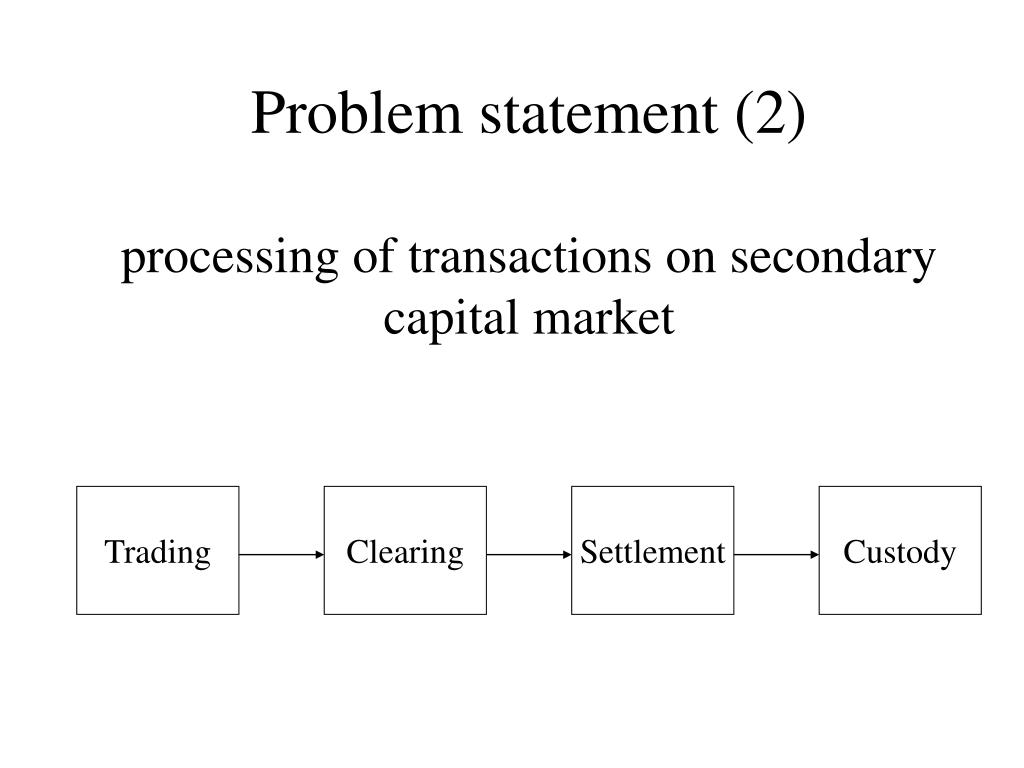

#BUSINESS PROCESS MODELLING CASE STUDY SOFTWARE#
With the use of automation, deep analytics, and easy to read reports, you can leverage the modelling software tool to do the heavy lifting for you. The use of technology in the form of process modelling software can significantly alleviate the strain of process modelling off of any one individual. What is Needed in Business Process Modelling Software Design To Be Processes: Once you identify where the inefficiencies lie, you can put in place an approach to improve the process.Identify Inefficiencies: Question where and how the process could be improved.Model existing process: Use one of the methods mentioned above to outline current business processes (on paper or with software).Ready to get started on your own business process modelling? Here’s your quick path to success: This model uses colour coding to categorise users and routes in different colours for easy understanding.Similar to a flowchart, a Gantt Chart also outlines an entire process, but rather than being described in chronological order, a Gantt Chart gives a more holistic overview by including the time taken for each piece.Flowcharts depict the input and outputs of steps in a process.Intuitively, UPN provides a checkbox system to show who is responsible, when a task should be completed in the process and the completion of the job through the use of a check mark.
#BUSINESS PROCESS MODELLING CASE STUDY HOW TO#
Although it’s a relatively simple language, it still requires someone who knows how to interpret the meaning of the symbols to understand. Makes use of lines, arrows and geometric shapes that symbolise the nuances of a process.Here’s a look at some standard paths to make it work:īusiness Process Modelling Notation (BPMN): There are many techniques to approach business process modelling. This showcases where information is produced and analysed.The model outlines who and where the aspects of a process are completed.It looks at the connection between the entity its relationship among other entities, as well as the attributes, or a value for the dynamic between an entity and its relationships. The primary focus of this perspective is an entity, whether that be an object, concept or thing.Real-time systems and telecommunications often rely on this modelling. This perspective showcases the states and transitions between the states of the process.This is a typical perspective for software and systems engineering. Four symbols denote the process, namely: process, store, flow and external entity. This modelling focuses on describing the dynamic process, for example through data flow diagrams.

There are several identifiable aspects, including: Process modelling approaches are structured based on the perspective. If your processes are flowing smoothly and you can operate at optimum efficiency, you will steer yourself ahead of competitors.



 0 kommentar(er)
0 kommentar(er)
